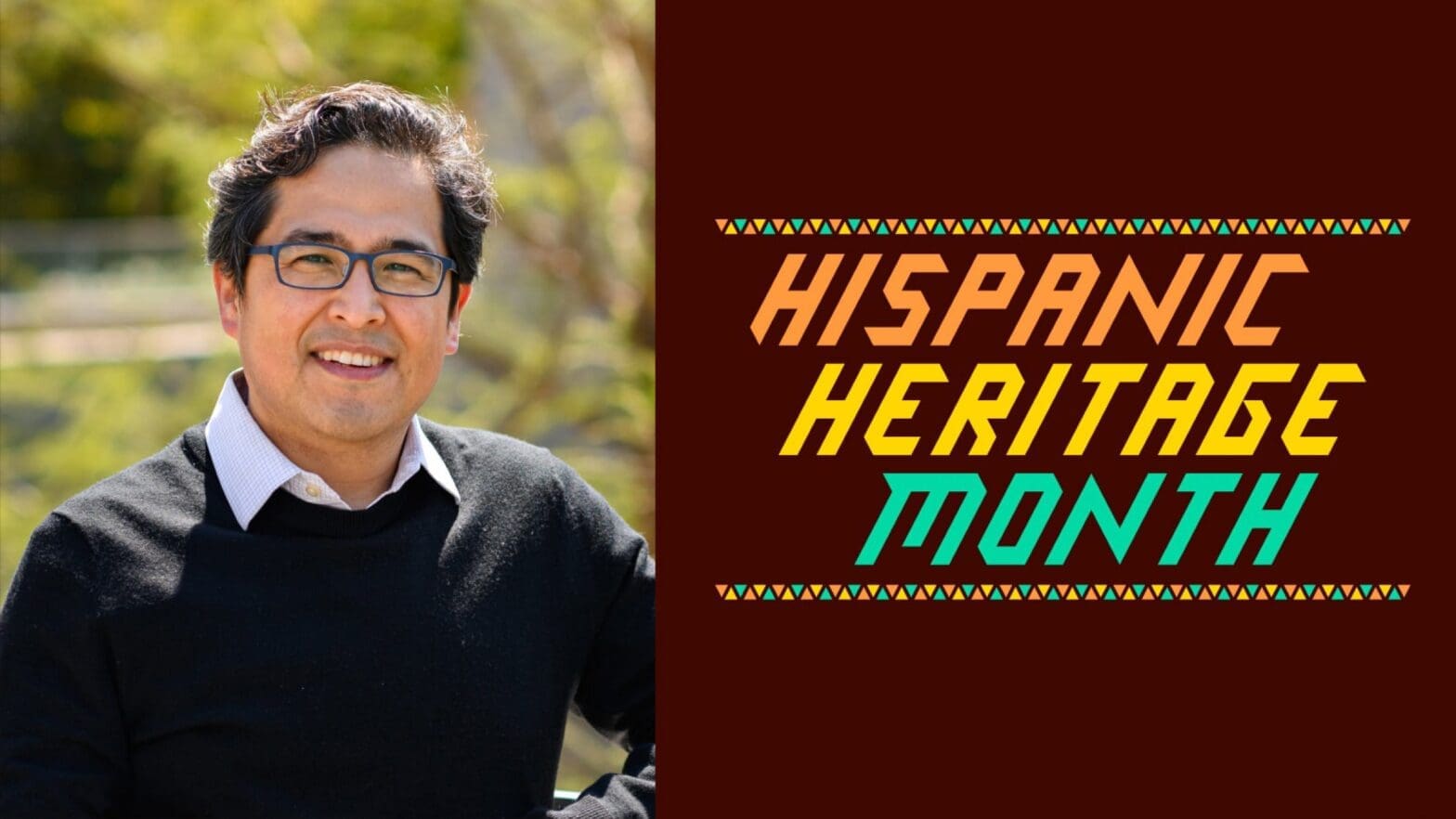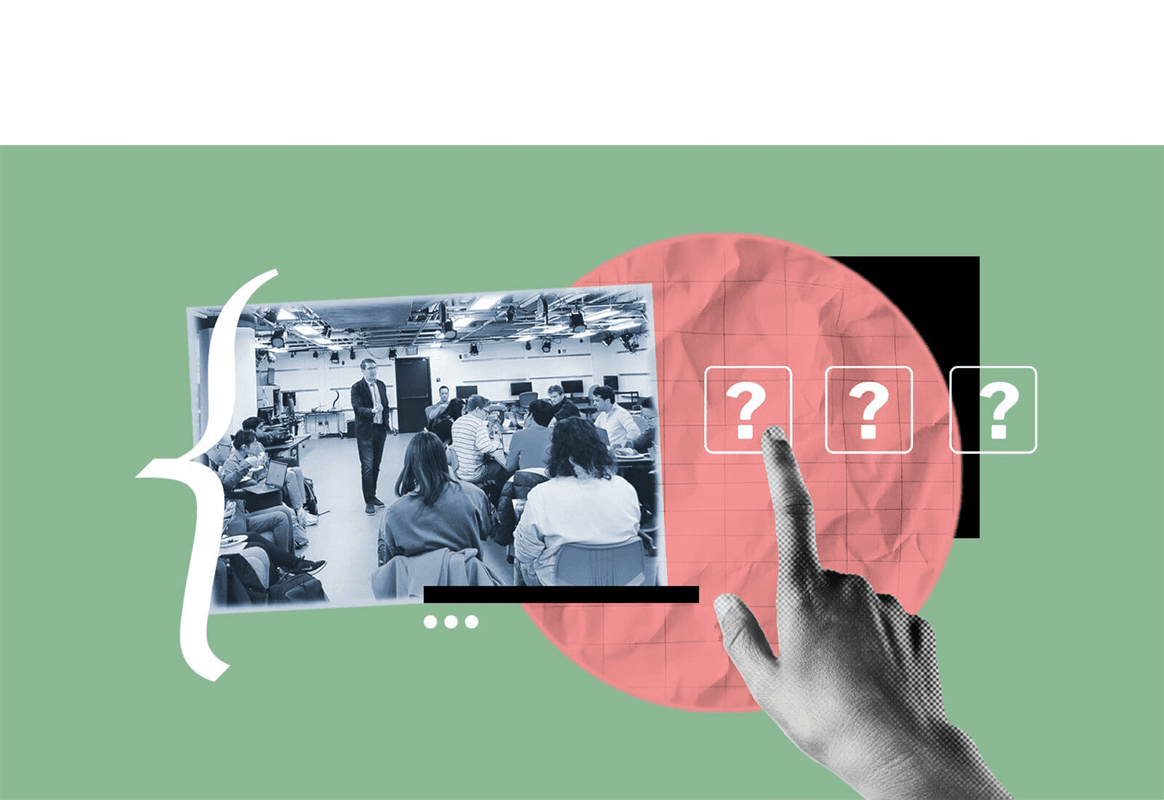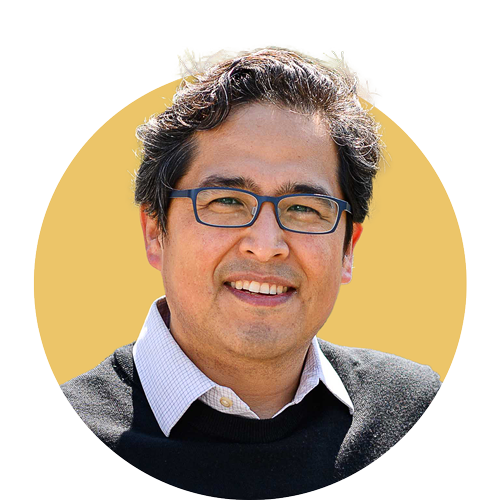
Social computing researcher views code as an engine for change
By
on
This is from the series Hispanic Heritage Month

An expert in social computing, he has examined new uses of augmented reality as a principal research scientist at Snap Inc. (the maker of Snapchat), developed human-centered artificial intelligence tools at Microsoft Research, and helped create the Scratch coding community for kids. As the director of Princeton’s new Human-computer Interaction Lab, he is focusing on technology and the future of work, including community-driven platforms for gig work and new types of work enabled by technology.
Monroy-Hernández earned a bachelor’s degree in computer engineering at Tecnológico de Monterrey in Mexico, and master’s and Ph.D. degrees in media arts and science at the Massachusetts Institute of Technology.
In recognition of Hispanic Heritage Month, Monroy-Hernández recently spoke about some of the social computing tools and platforms he has developed, the work he is embarking on at Princeton, and the power of computing to shape society.
How did you get interested in social computing? What research have you been involved in?
I have always been interested in the intersection between humans and computers. When I was growing up, my parents were activists in Mexico. They were part of an underground organization trying to overthrow the government in the ’80s, and they moved from Mexico City to the north to organize workers. I was always embedded in those sorts of communities of people. When I was a child I saw it more like the boring thing that my parents were doing, but I suspect it influenced some of my interests.
In my master’s program at MIT, I joined a team that was focused on addressing the educational gap in STEM fields. I created this online community for children to learn programming. It was my main contribution as part of a larger project, which was Scratch. At some point the community grew so much that it became the core of what the Scratch experience was, and that convinced me to continue what I was doing and join the Ph.D. program.
I worked on Scratch for six years or so, and I’m still peripherally involved in the research. It really shaped the way I thought about computing in general — less about the traditional one user and one device, and more about many people mediating their interactions through computing. I also started to see some of the tensions that arise when you have tons of people in the same online space, from harassment to how to do moderation. I started to become interested in the idea of socio-technical design — that the technologies we build have to be contextualized in the communities that they’re being built for.
Later, one of the things that started happening in Mexico while I was living here and all my family was there, was a lot of violence around the drug war. I started to track that primarily through social media, because the cartels were censoring traditional journalists and people couldn’t read about what was going on in the newspaper. I became really interested in that as a way to think about how tools are enabling people to organize themselves and reach collective action in ways that circumvent censorship from the cartels, yet also creating new risks — some of the people who were posting on Twitter were killed by the cartels. I focused on using big data from different platforms to understand how people were connecting with each other, leveraging the process of content curation, and dealing with misinformation.
Also, while I was at Microsoft Research, we were inspired by the collective action that technology can enable and built a new product (Calendar.help) that is essentially a meeting scheduler powered by people and AI. You cc the virtual assistant on an email, and then it looks at historically when you tend to meet and when I tend to meet, and then tries to find the best time. We built this system understanding that completely automatically it wouldn’t work, and in fact many companies and tools have tried completely automatic ways of doing this that have failed. We created a framework to introduce humans in the loop of these processes.
What are you planning to focus on at Princeton?
The reason I wanted to come back to academia is that some of the problems that I started to be interested in solving were things that I didn’t feel were a good fit for any company. Gig work platforms are one of these areas. There are tools like Uber, Lyft, Grubhub and Instacart that essentially deliver things to you. However, a lot of those platforms are problematic from a labor perspective and an environmental perspective — humans in the loop became kind of the dystopian version of what I had imagined.
I’m interested in finding a way to create worker-owned or cooperative versions of these systems. How do we create public-interest technology platforms that support the future of work in a more community-centered way? For the next few years, my team and I are planning to create new technological infrastructure for this in partnership with organizations that are already interested in these issues.
There’s a history of academic research turning into things that we use, like the internet or the web browser or Linux [open-source computer operating systems], so that’s my optimistic view of what the role of academia could be in solving some of the problems that I think are bigger than even companies could solve themselves. How do we make them so that we collectively own them as public infrastructure?
For a young person who’s interested in computer science, what do you think is most exciting about the field?
Today, computing is one of the main engines for innovation, and also in some ways for oppression. I feel like the responsibilities of computer scientists are high, but the impact that we have is also great. I’m obviously biased, but I think it’s one of the most impactful fields that you could be in.
Lawrence Lessig at Harvard Law came up with a framework that I always think about. He talks about how the world changes today by laws, norms, markets and code. We used to think of law as the main way to shape society, but he argues that code is the fourth category, and that these things all come together to shape our society. So, if we want to be effective we need to make changes across these four parameters. In that sense, being in computer science as one of the core and most fast-moving engines for change feels exciting.







